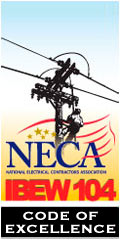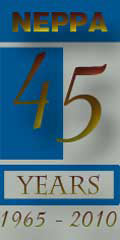That’s Using Your Head!
 Print this article | Send to Colleague Print this article | Send to Colleague
Thinking is simple, right? We do it automatically, constantly and naturally. We do it - pardon the expression - without thinking. Everyone knows that we use our brain to think, but how many of us know that different parts of our brain control different ways of thinking?
That discovery was made in the late 1970s when Ned Herrmann, head of management education at General Electric at the time, conducted research that culminated in two articles he published in Training & Development magazine in 1981 and 1982 titled "The Creative Brain, Parts I and II."
Herrmann’s thesis was revolutionary. The brain, he wrote, is divided into two parts, or "hemispheres," that control different modes of mental activity. The left brain produces thinking that is logical, analytical, sequential, planned and detailed. It is objective thinking, and it notices parts of things, rather than things as a whole.
The right brain, on the other hand, sees things not in sequential order, but randomly and subjectively. The thinking is emotional and interpersonal, and it seeks to synthesize our experiences rather than keep them separate from each other. The right brain focuses on wholes, not parts. According to Herrmann, each of us, without even knowing it, usually prefers one mode over the other, and we tend to use that part of the brain more than the other.
The significance of this discovery is profound. It helps explain why some people are very logical and analytical, while others are more emotional, with their feelings closer to the surface. Whereas some people notice details and remember concrete facts, others are more in tune with "the big picture" or the feelings that a situation prompts in them.
As a manager, have you ever witnessed one of your employees approaching a task one idea at a time, step-by-step, while another employee attacks it by thinking of many ideas at once in a seemingly random manner? One person who analyzes the facts in a situation, while someone else focuses on the emotions of the persons going through the situation? You are witnessing left-brained and right-brained persons in operation.
Our educational system and our workplaces have always placed a higher value on being logical, practical and objective. With multiple choice exams on facts and numbers, schools emphasize "figuring out" the one right answer to a question. In the workplace, we are encouraged to solve problems by systematically identifying the causes of the problem, listing all the possible options, and analyzing their pro’s and con’s to select the most appropriate solution. That’s the left hemisphere at work.
There’s nothing wrong with left-brain thinking, but it can limit us if that’s the only kind of thinking we do. Sometimes what’s needed is a more imaginative or innovative idea, a flash of insight. It helps to rely on our intuition about a situation, especially if we have years of experience with similar situations. Those years of experience give us quick insights, or instincts, and those insights lead to imaginative and creative solutions. That’s the right hemisphere.
The key, then, is balance. Although each of us may find one mode of thinking easier, we need to use both as we work, as we learn, and as we manage others. By exercising that "other hemisphere," we develop our whole brain and find more comprehensive ways of thinking about, and solving, problems. As Daniel Pink, author of The Whole New Mind, says, "What people need today isn’t one side of the brain or the other, but...a whole new mind."
|
|






